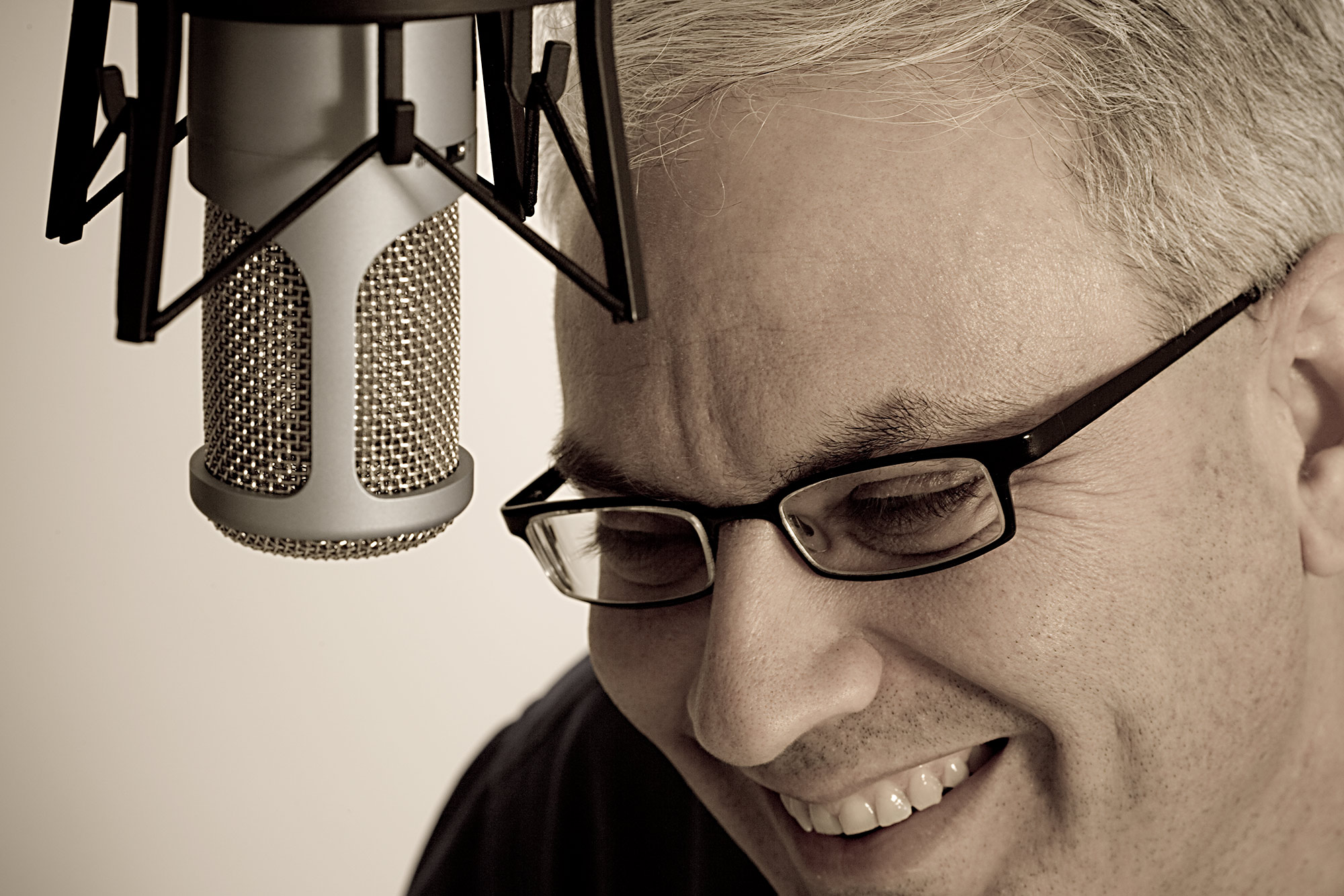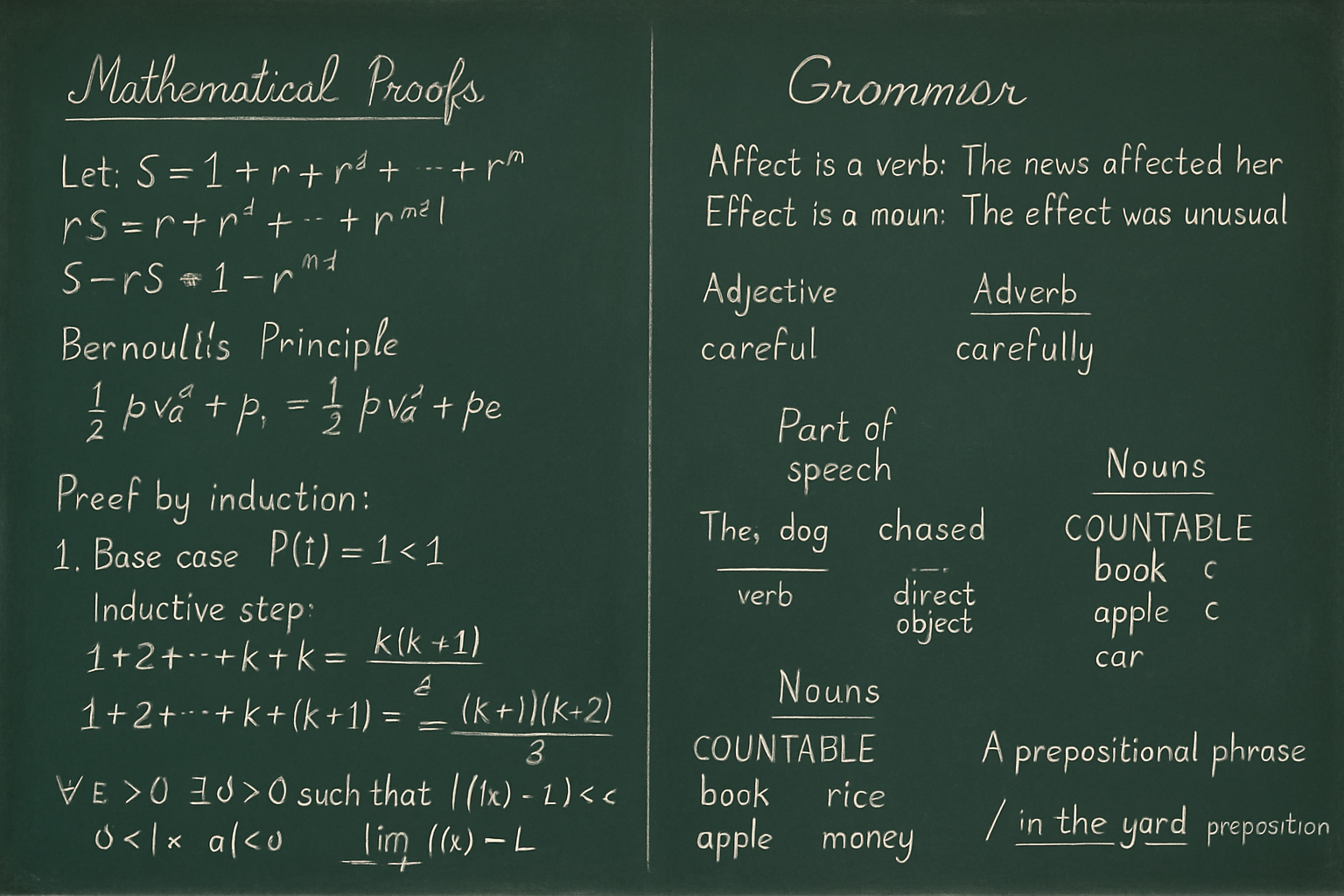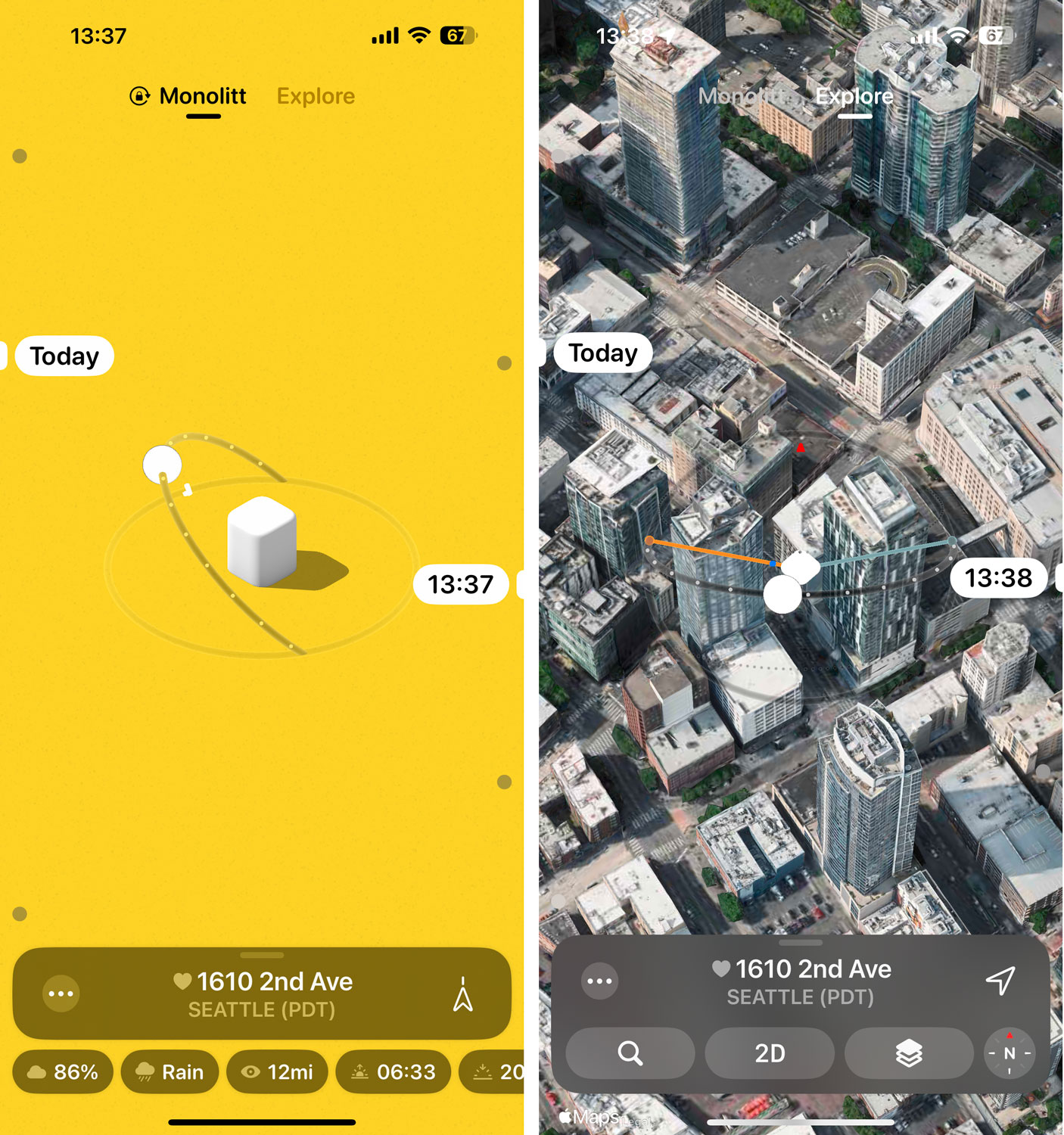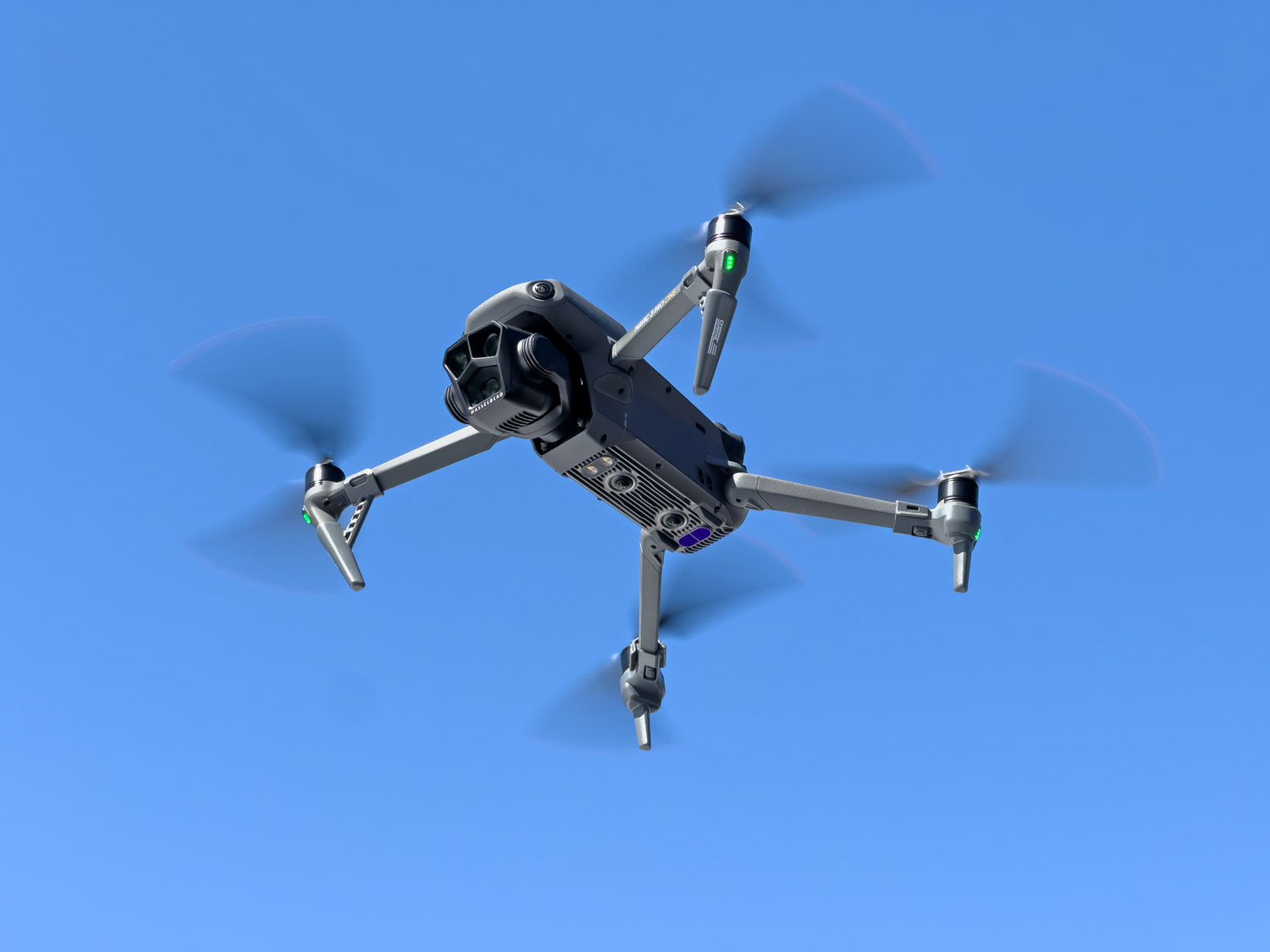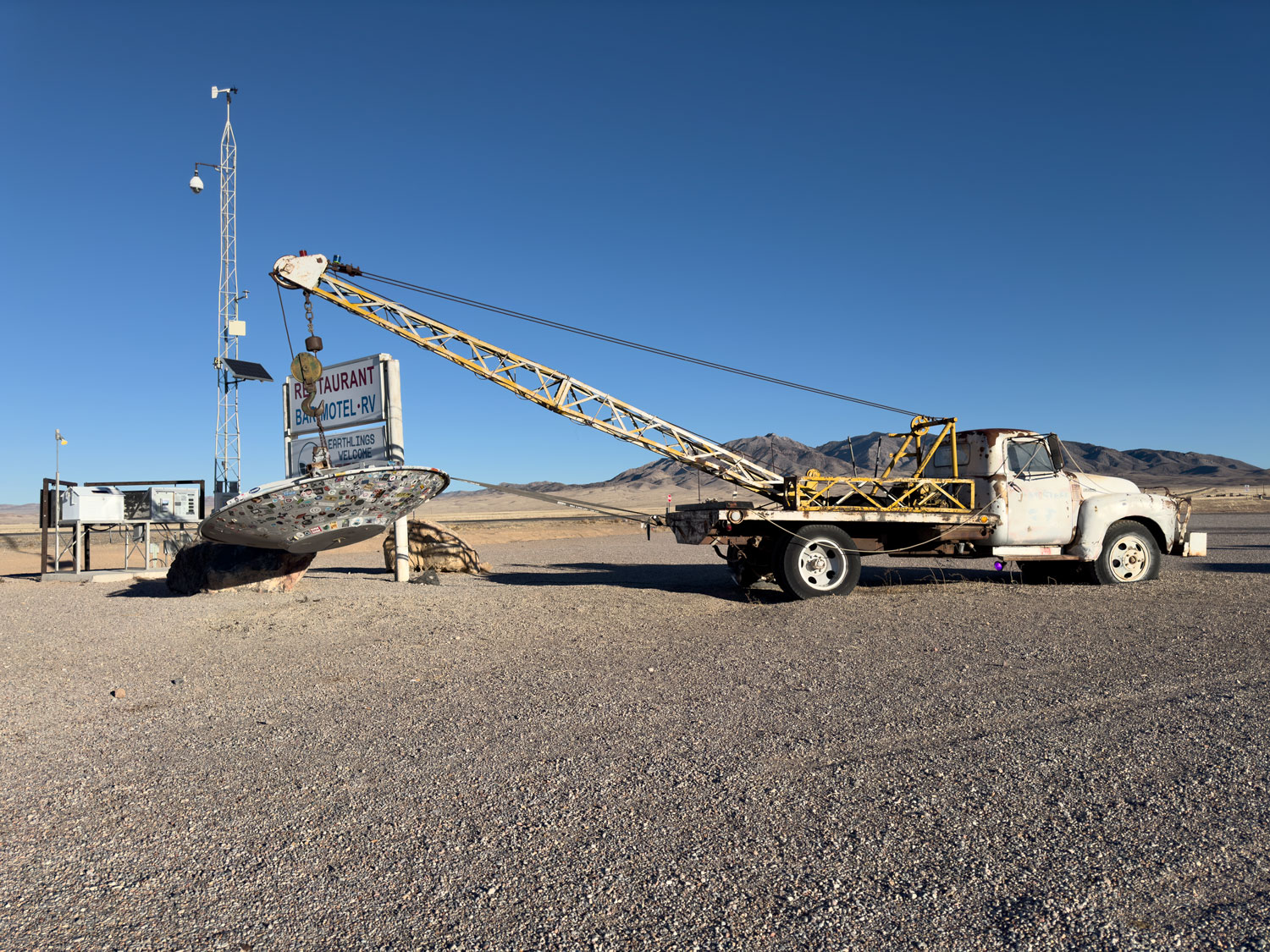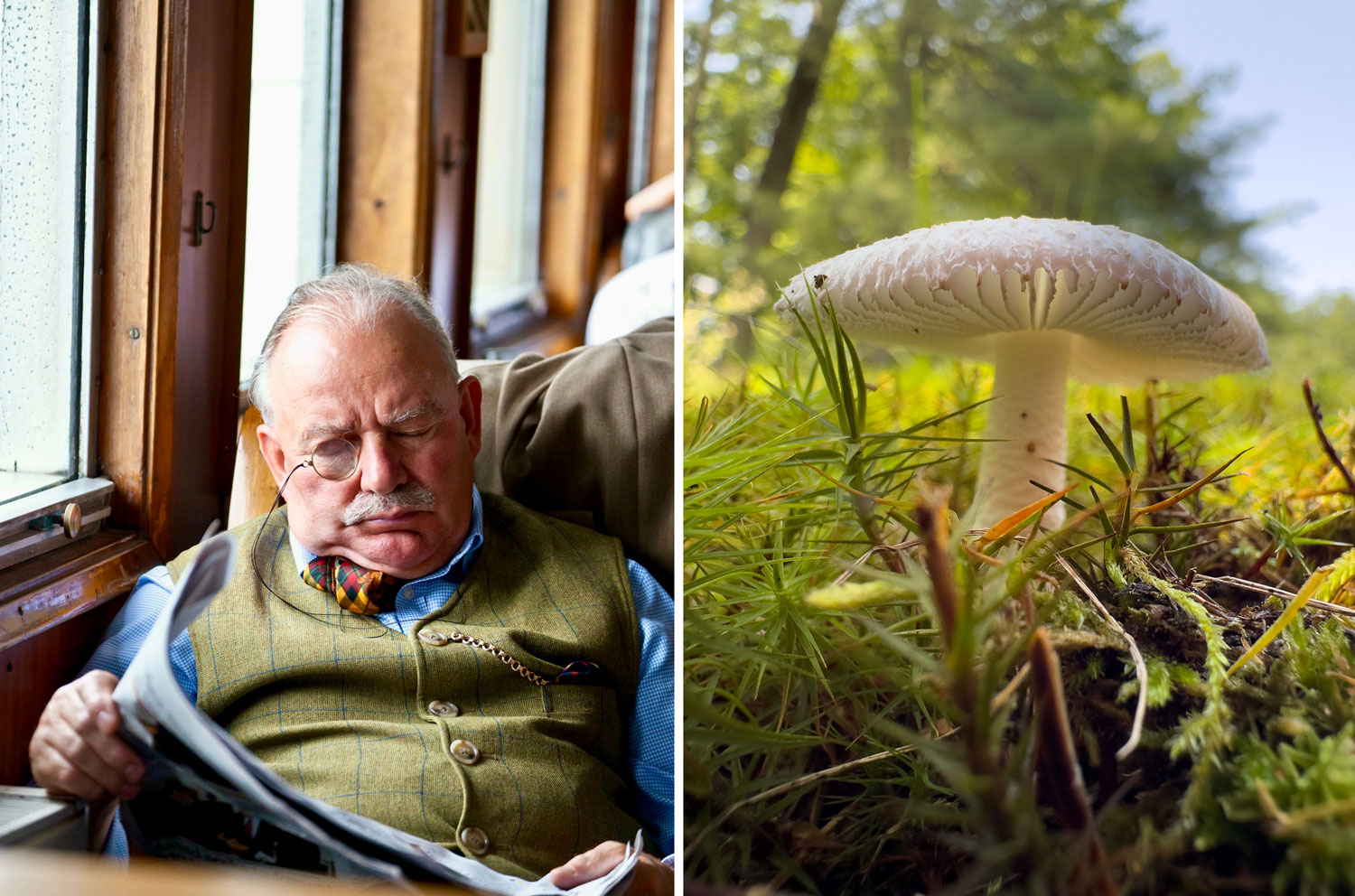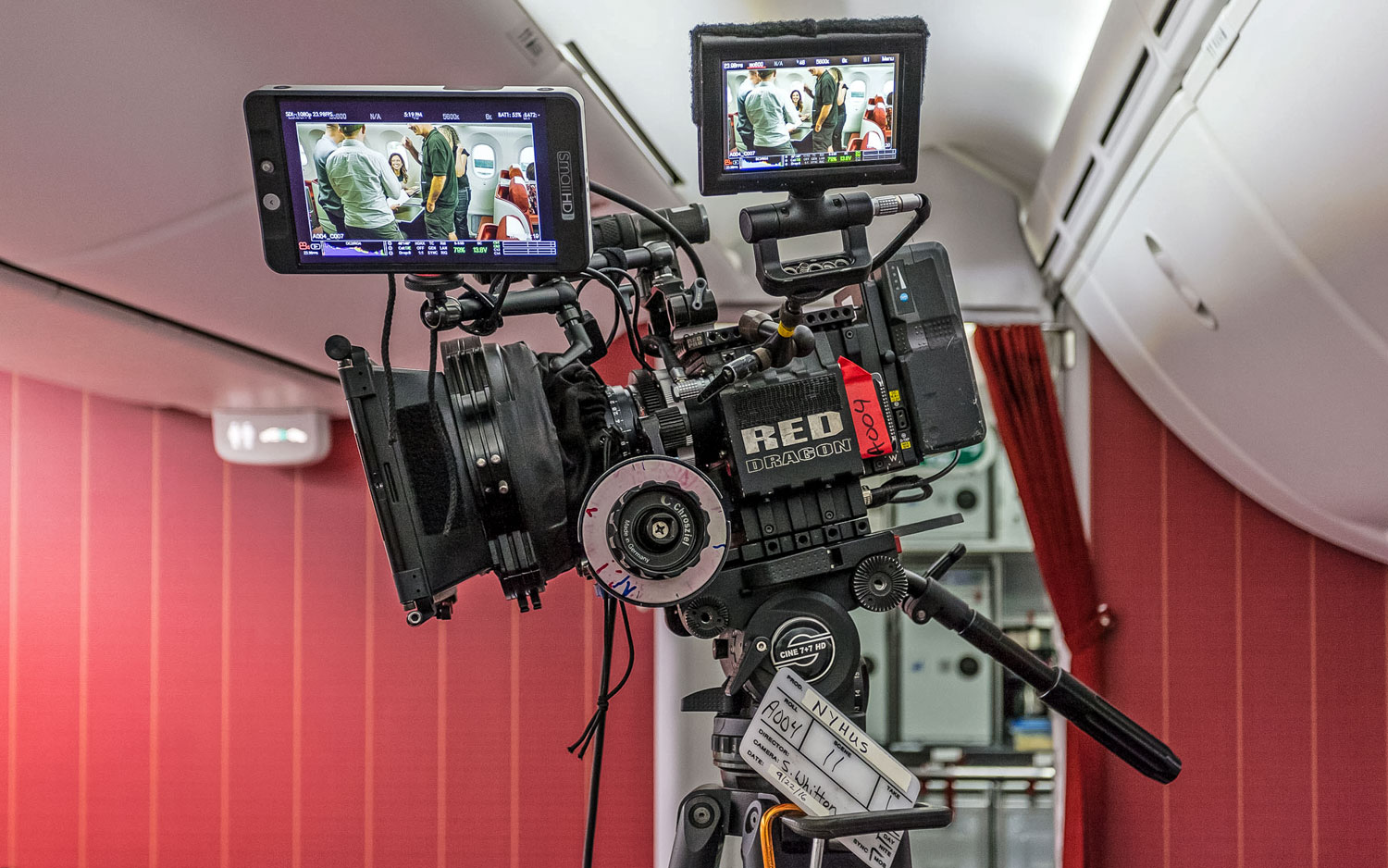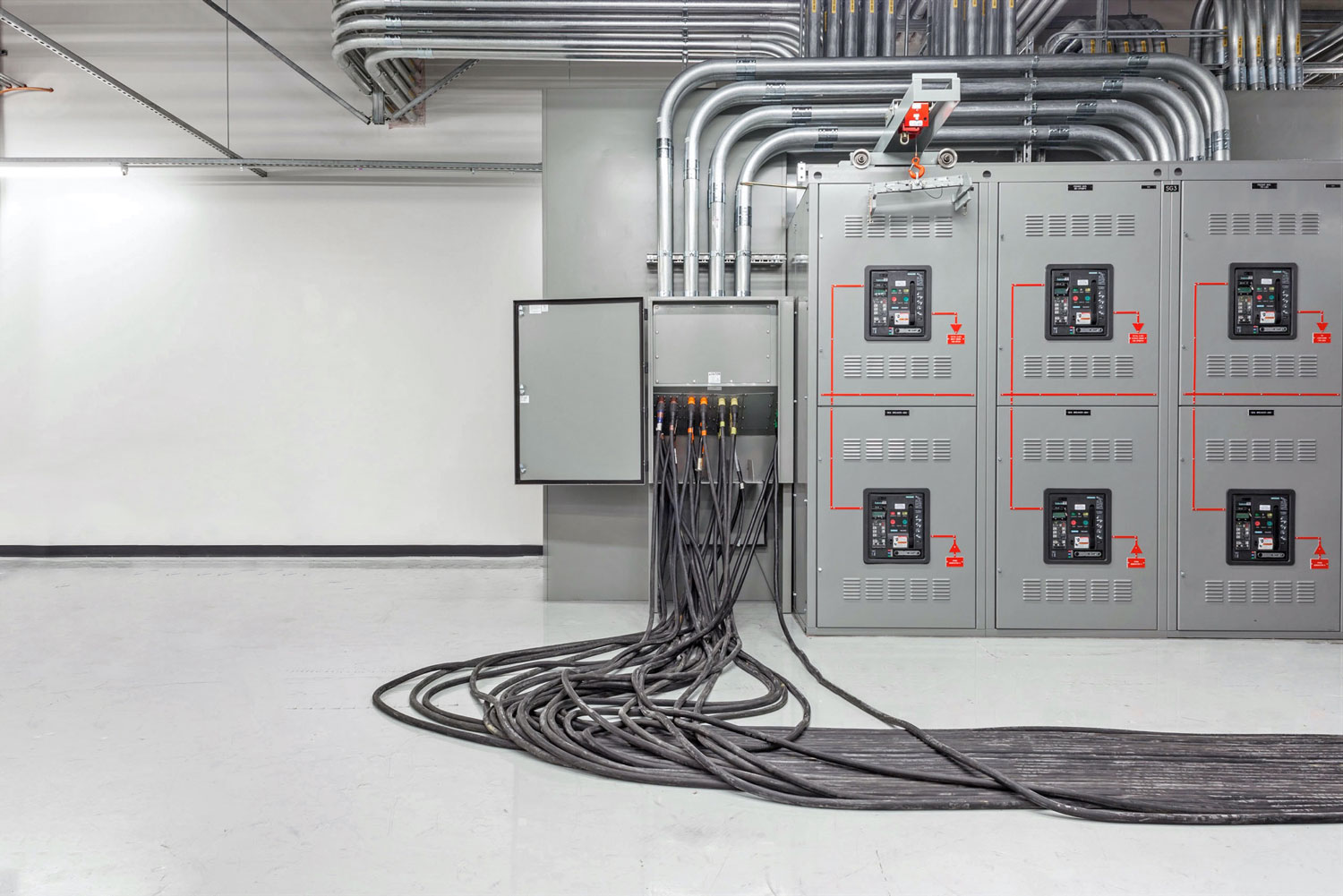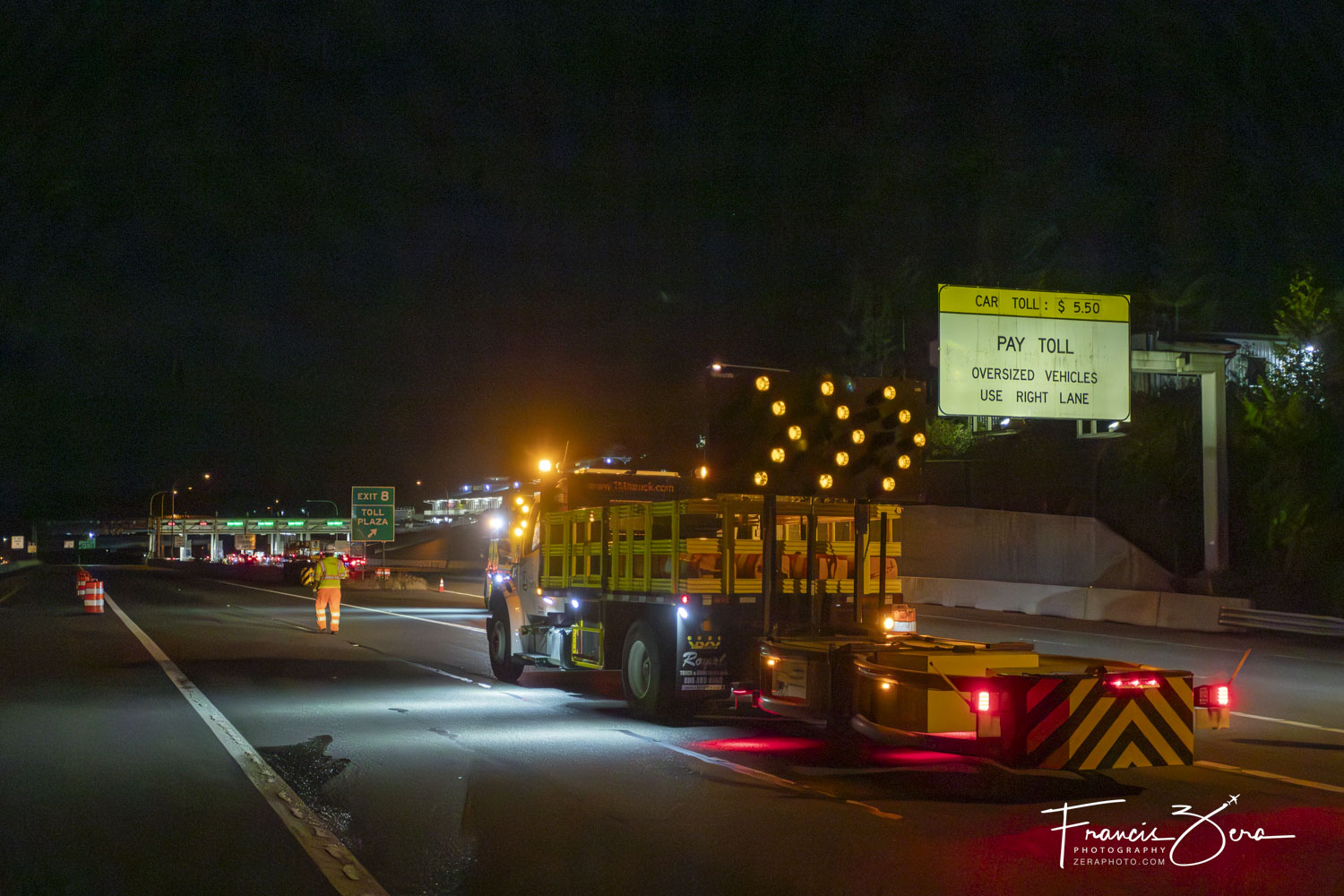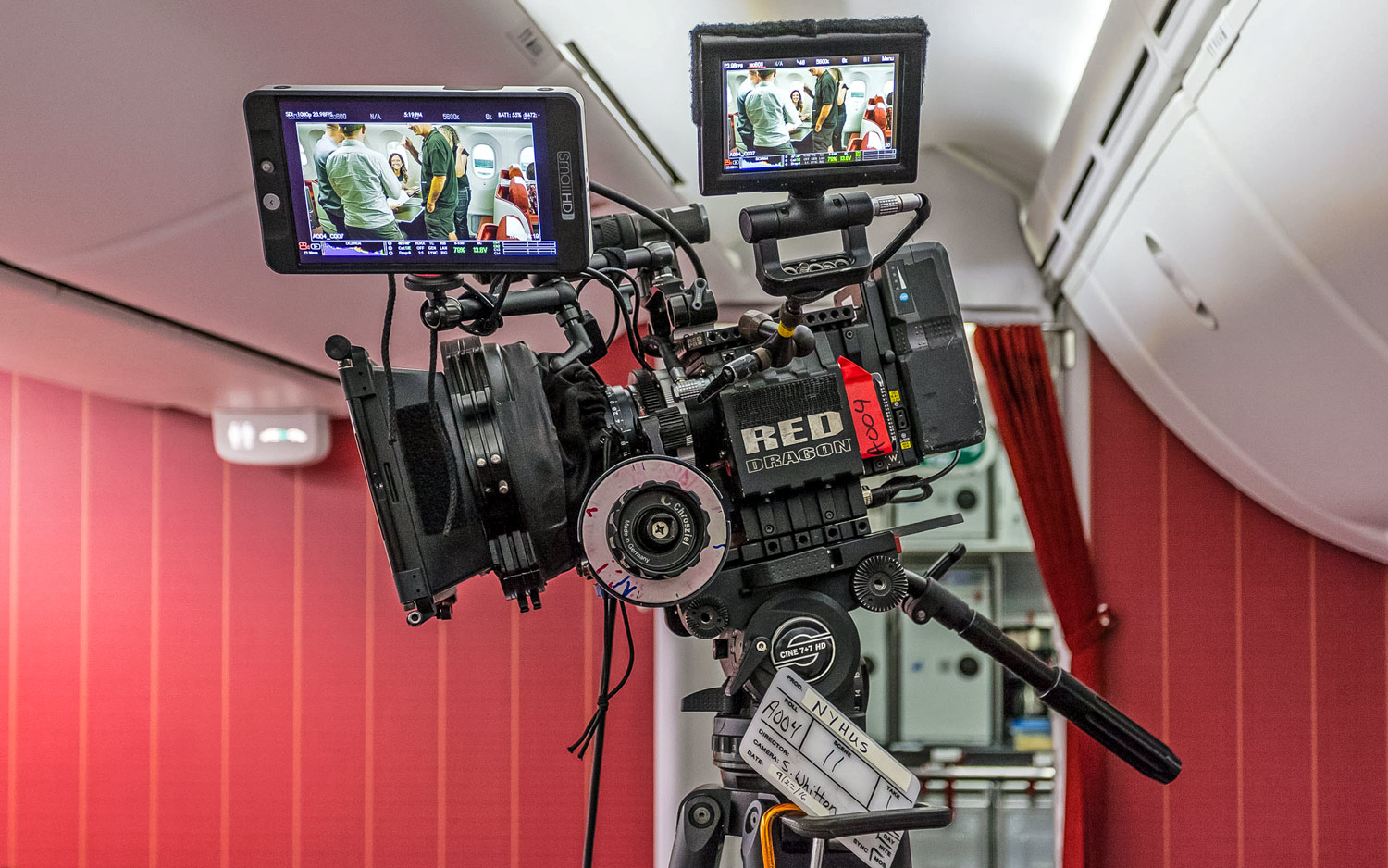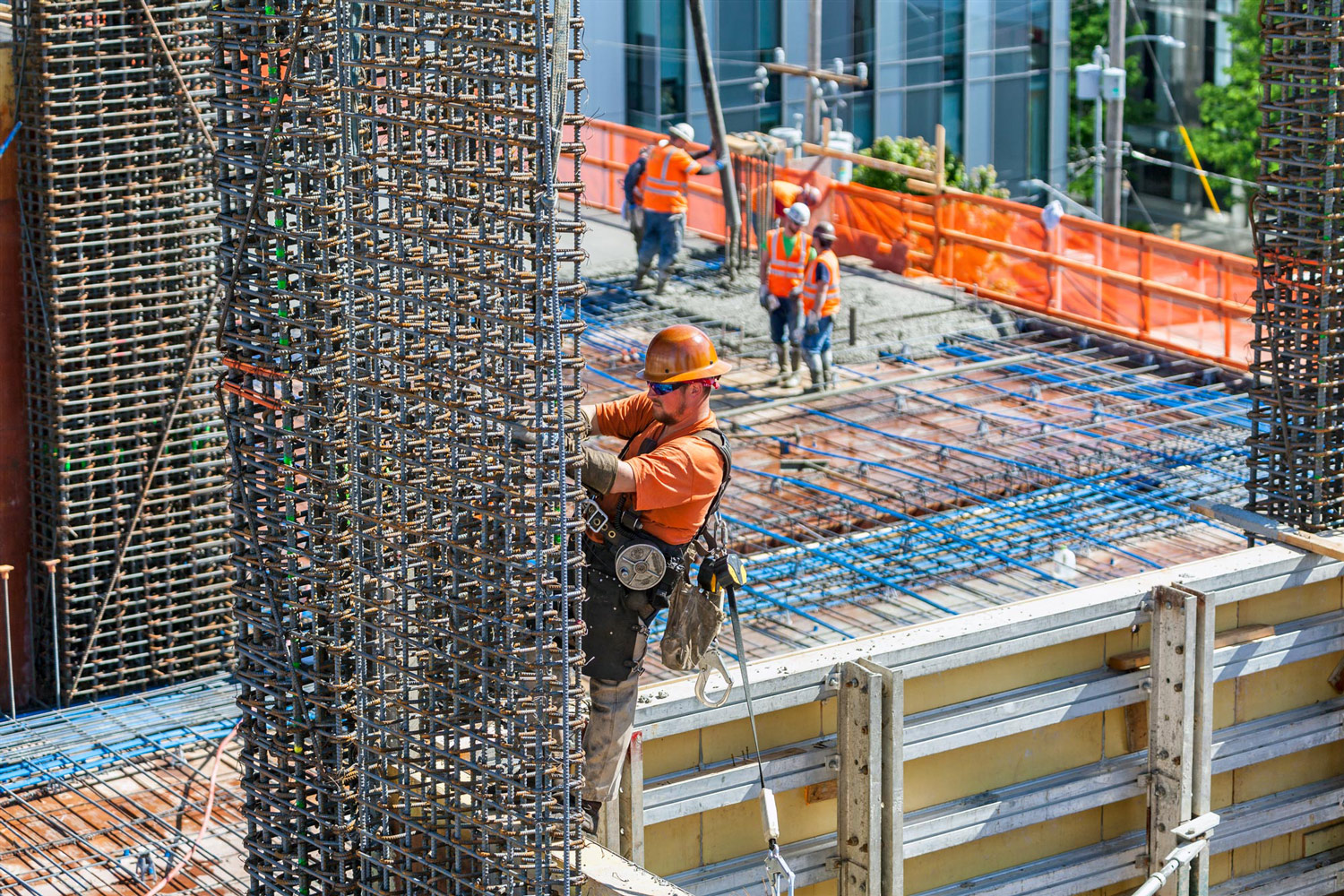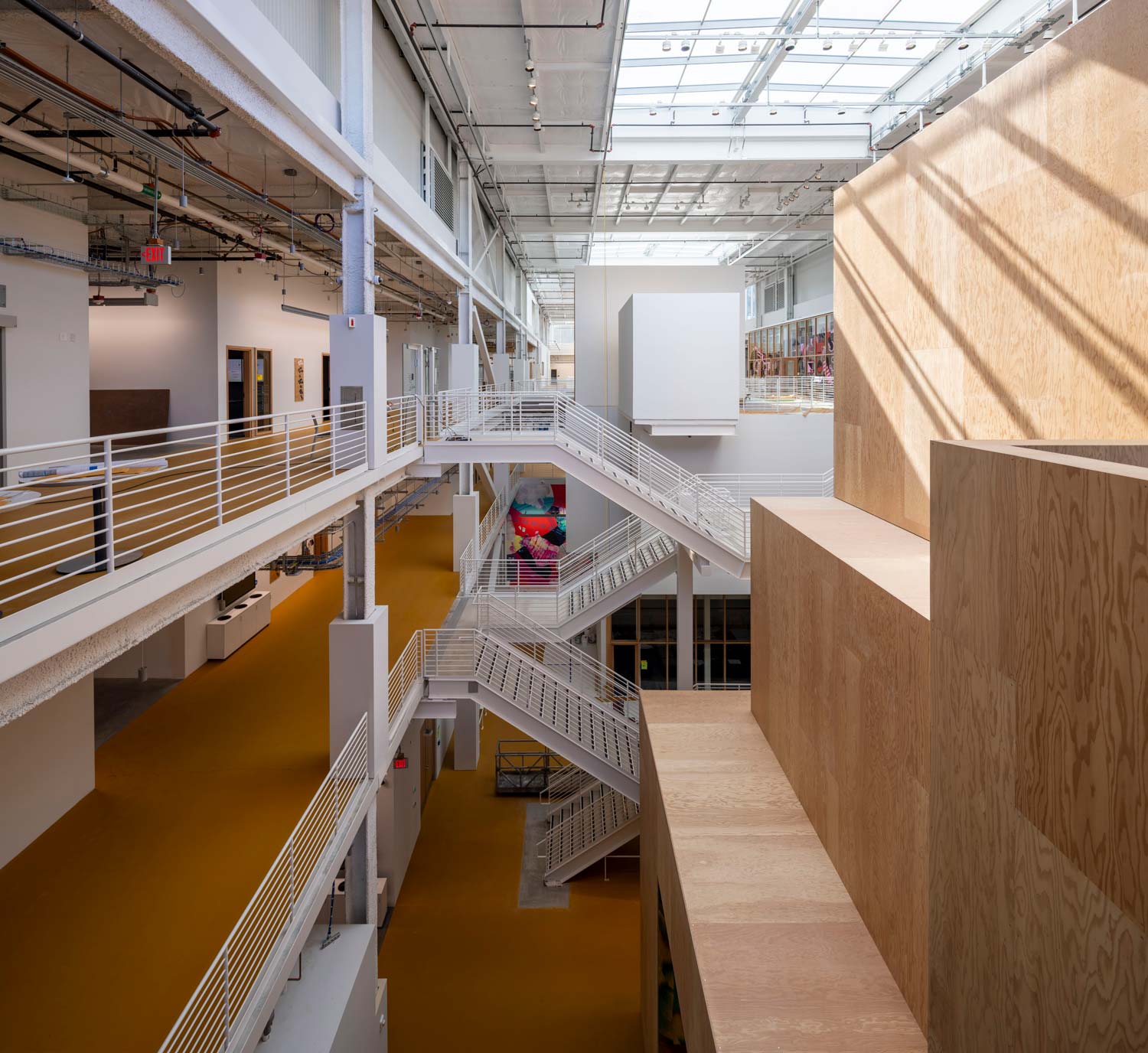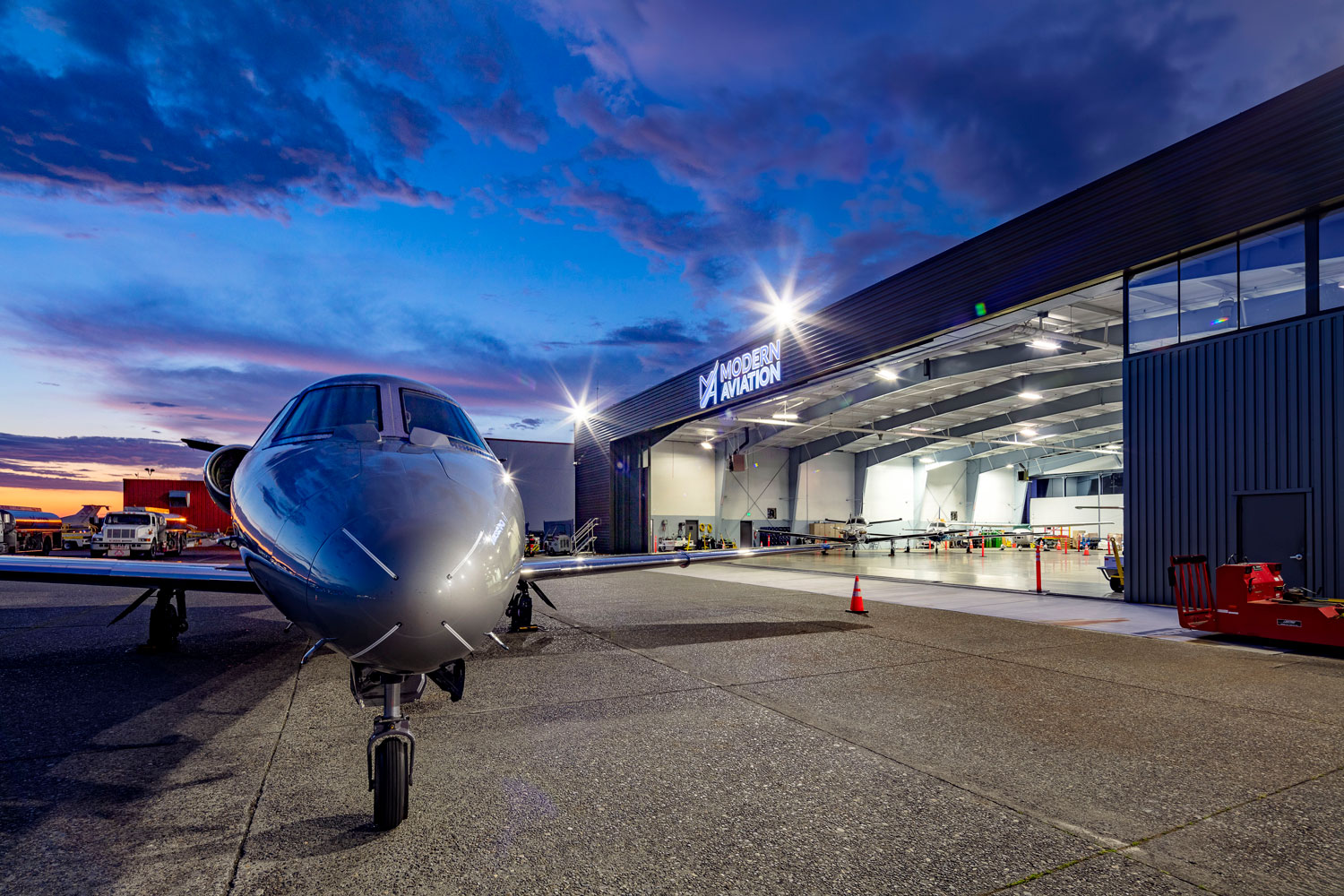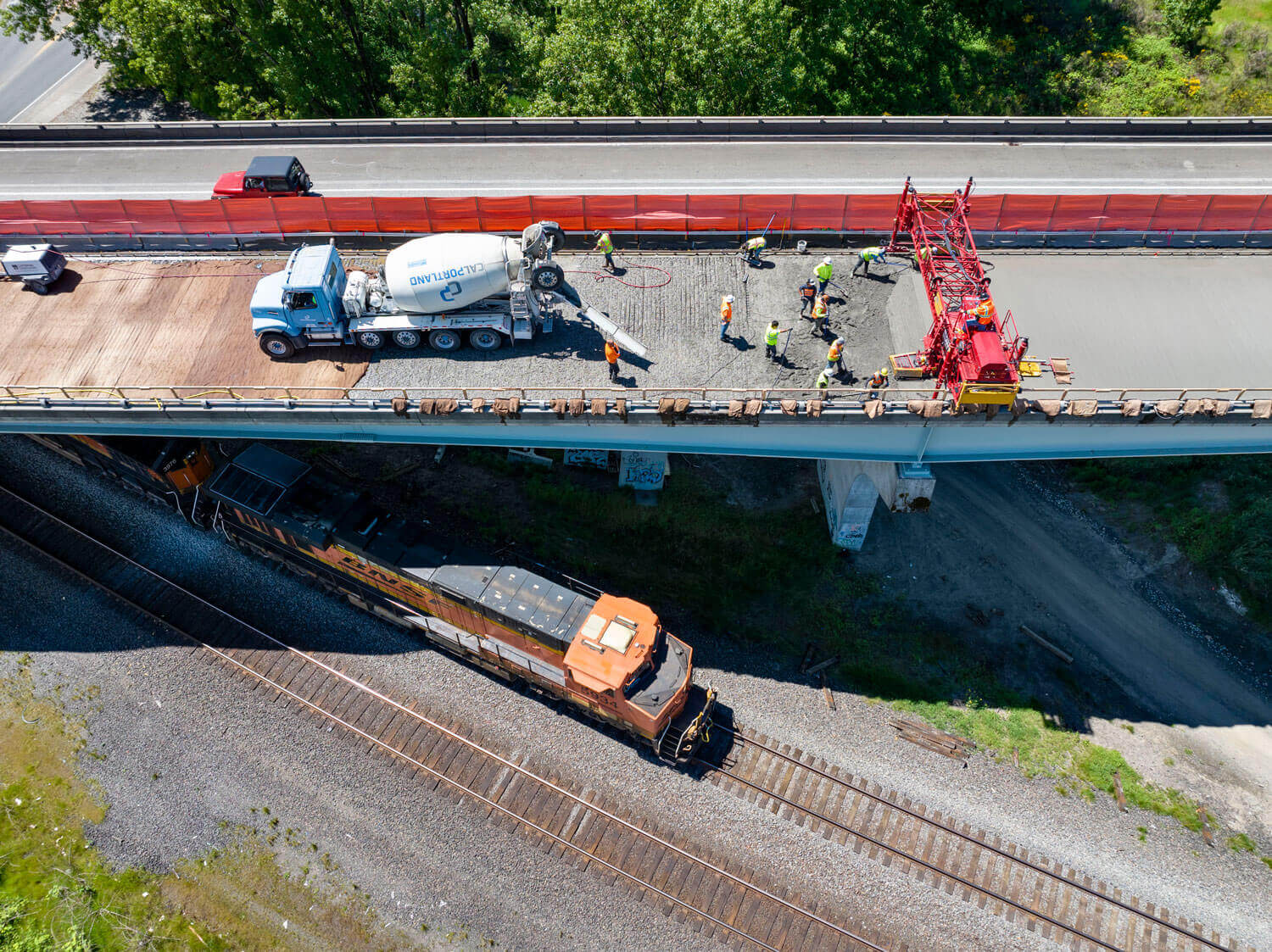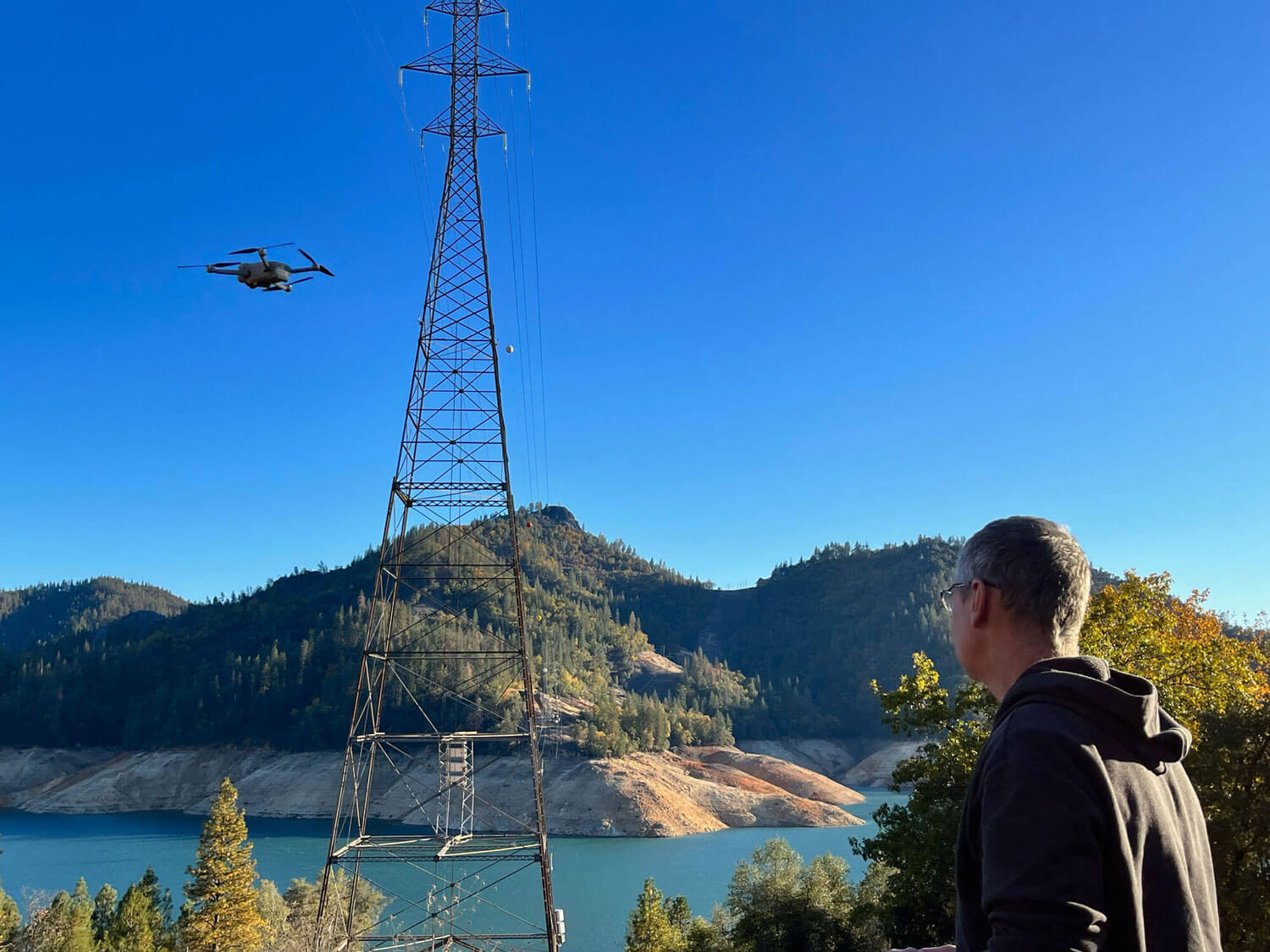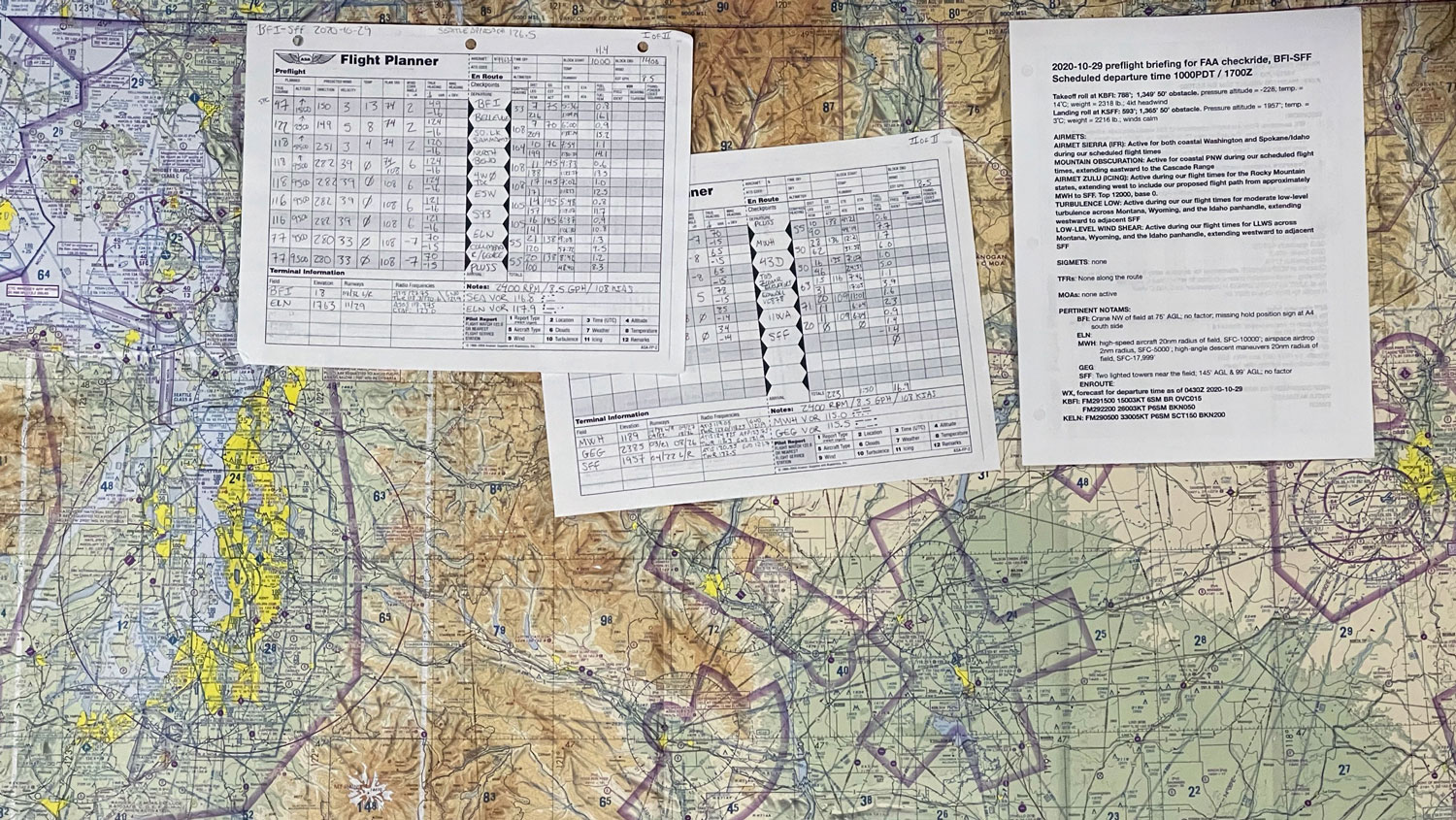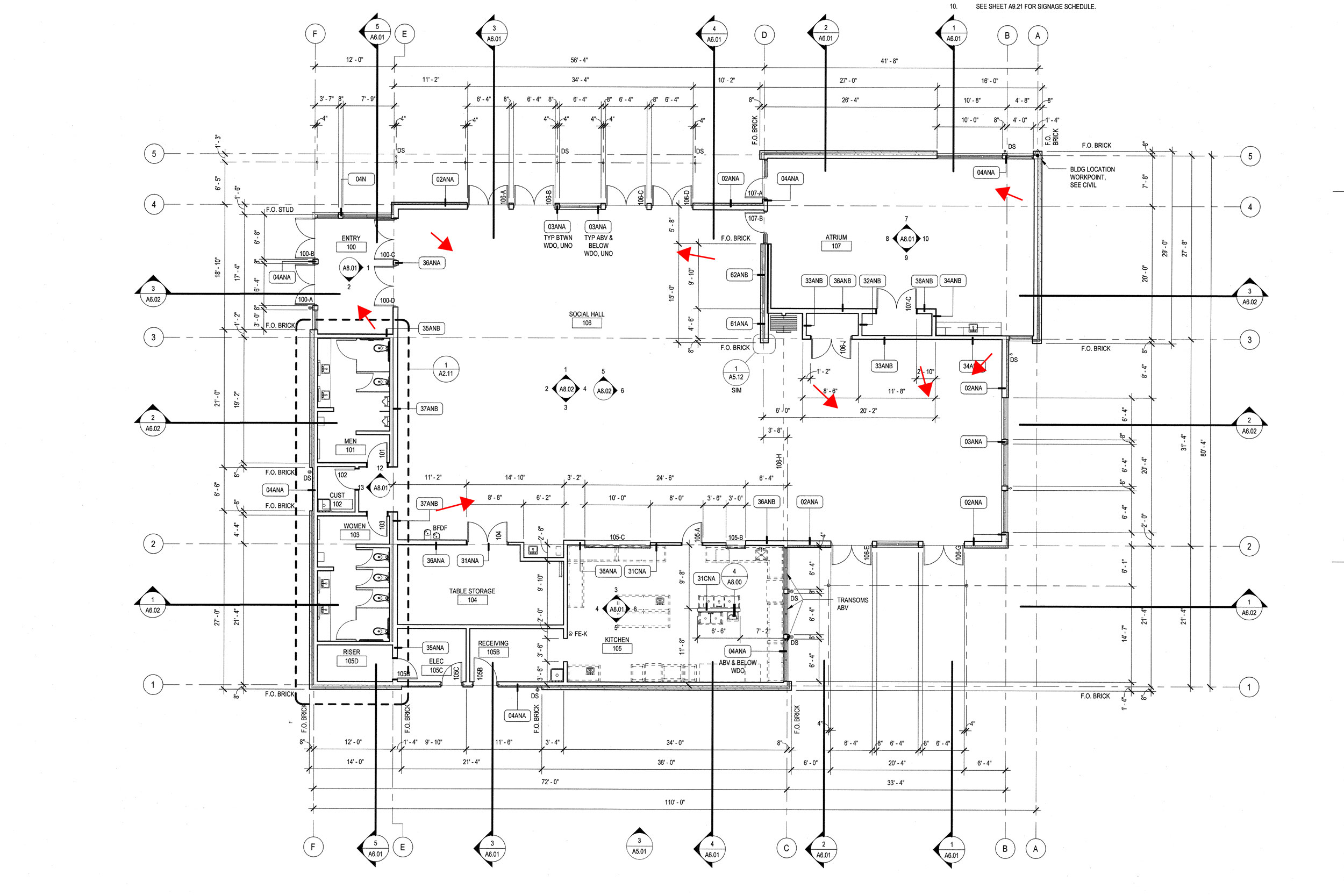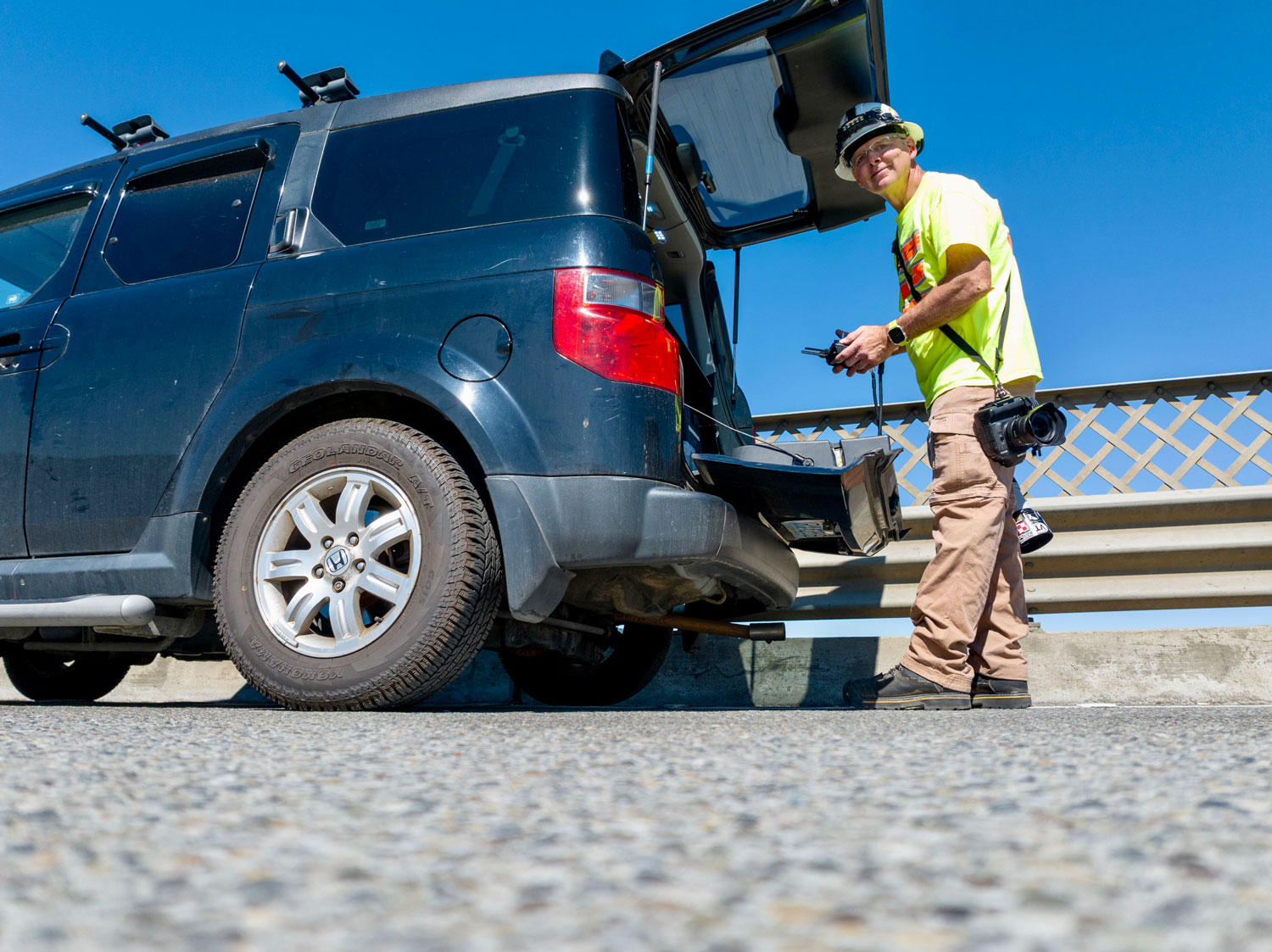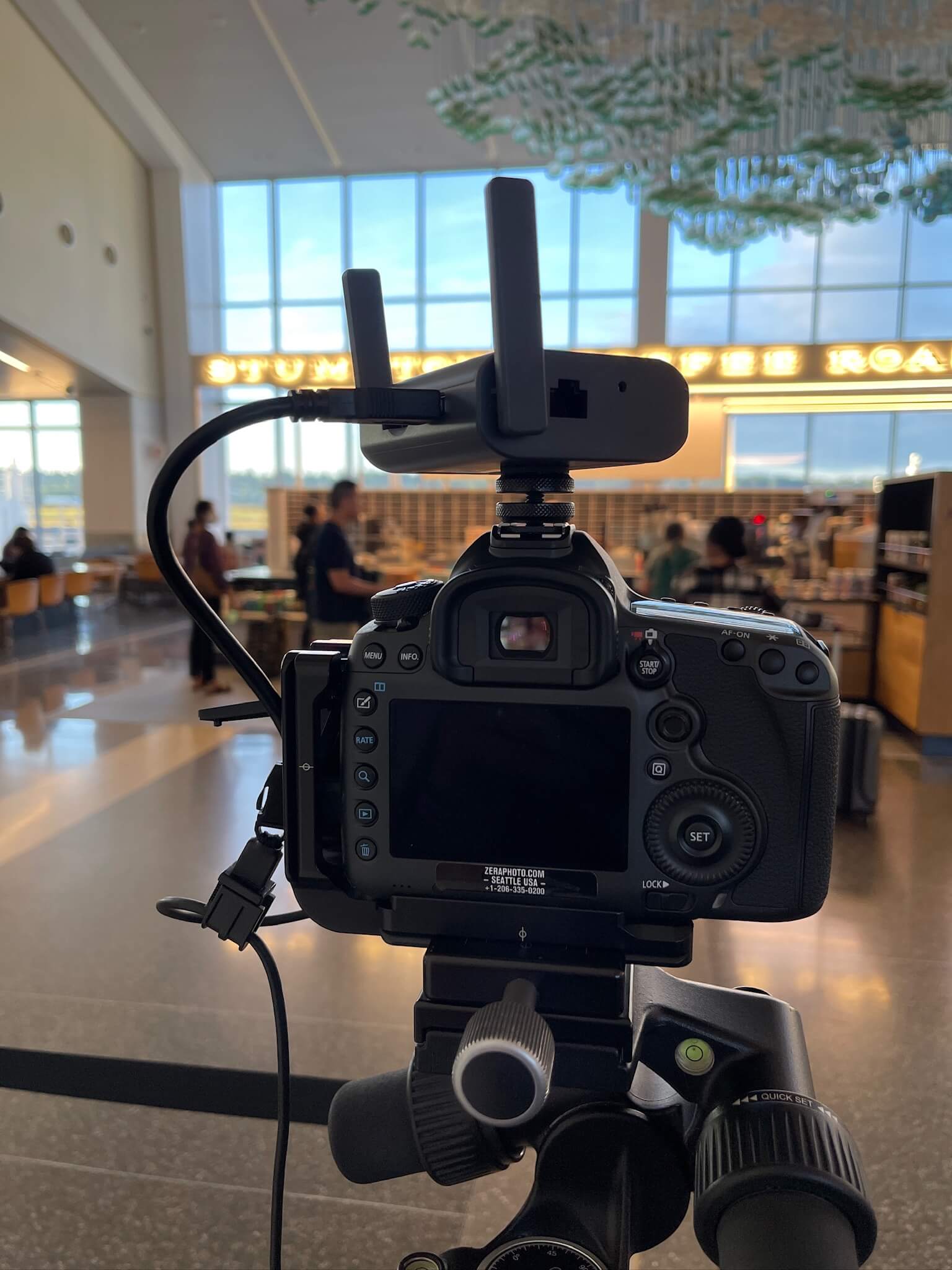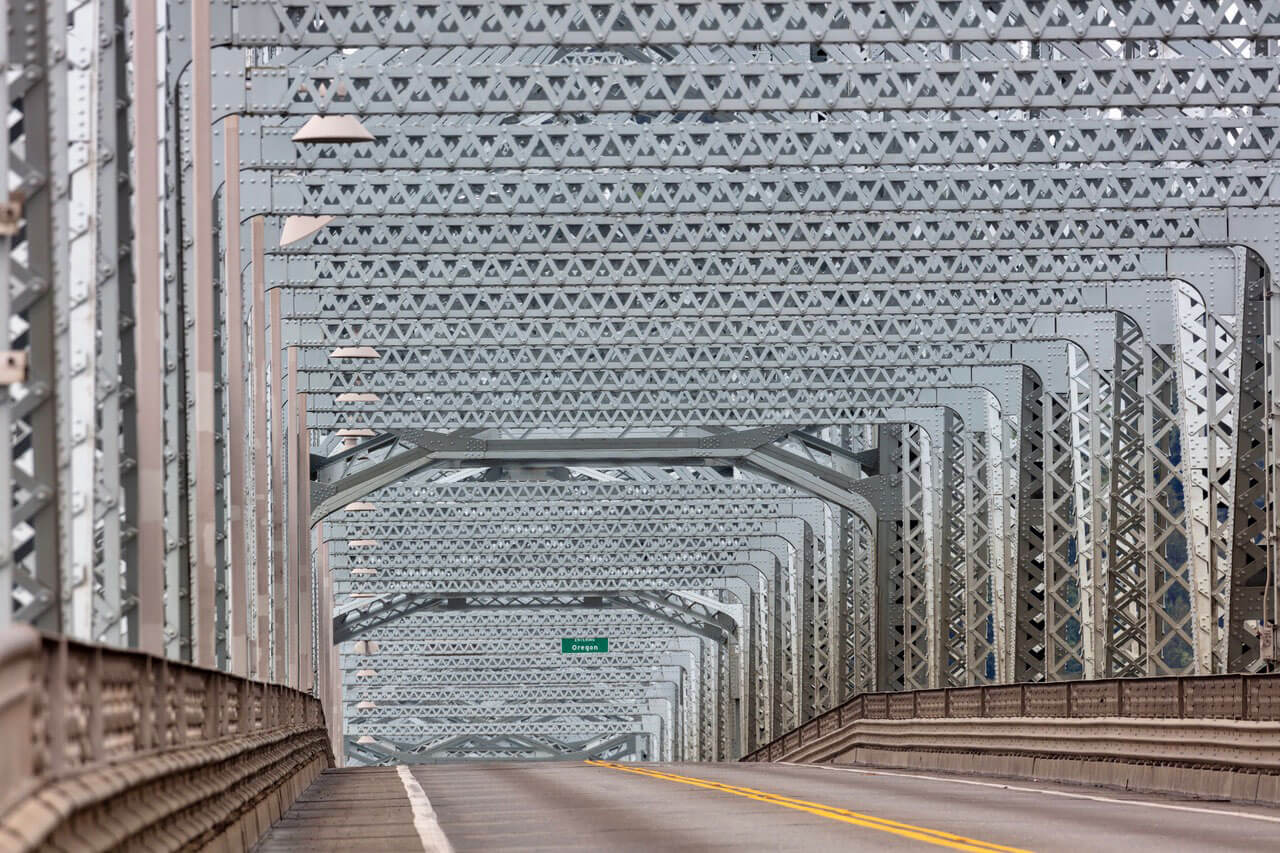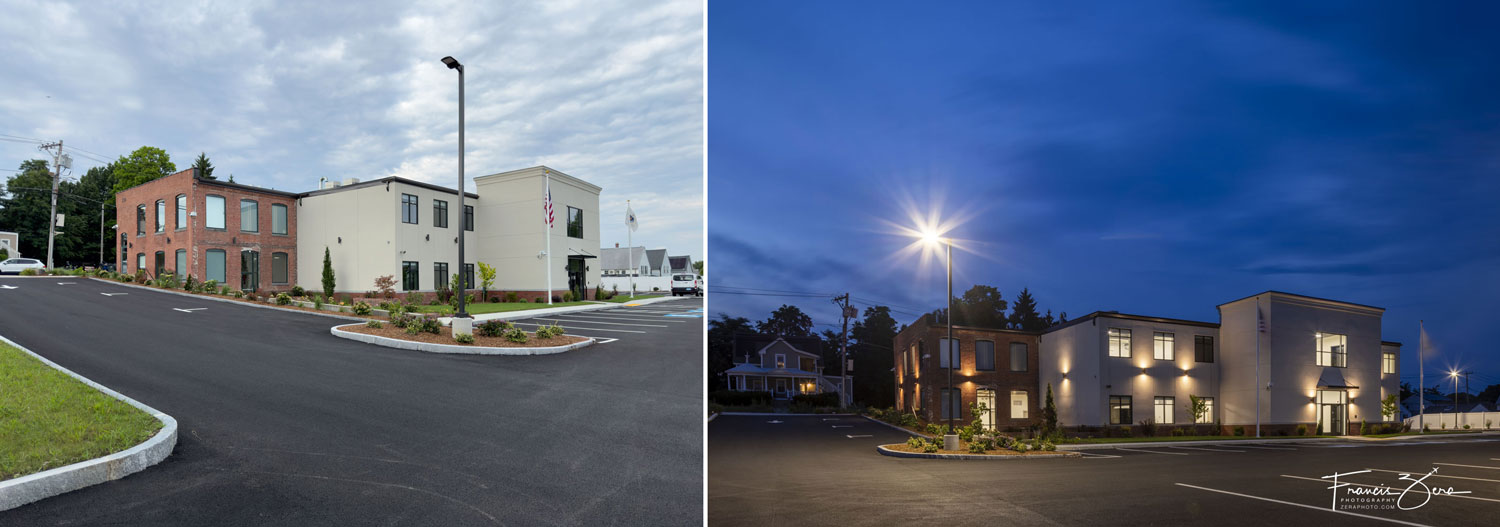
Why Waiting for Good Weather is Essential for Architectural Photography
When planning exterior architectural photography, the weather is more than just a backdrop—it’s a critical factor in creating high-quality images that truly capture the essence of a building. While it might be tempting to shoot in marginal weather and "fix it in Photoshop," the truth is, there are distinct advantages to waiting for the right conditions.
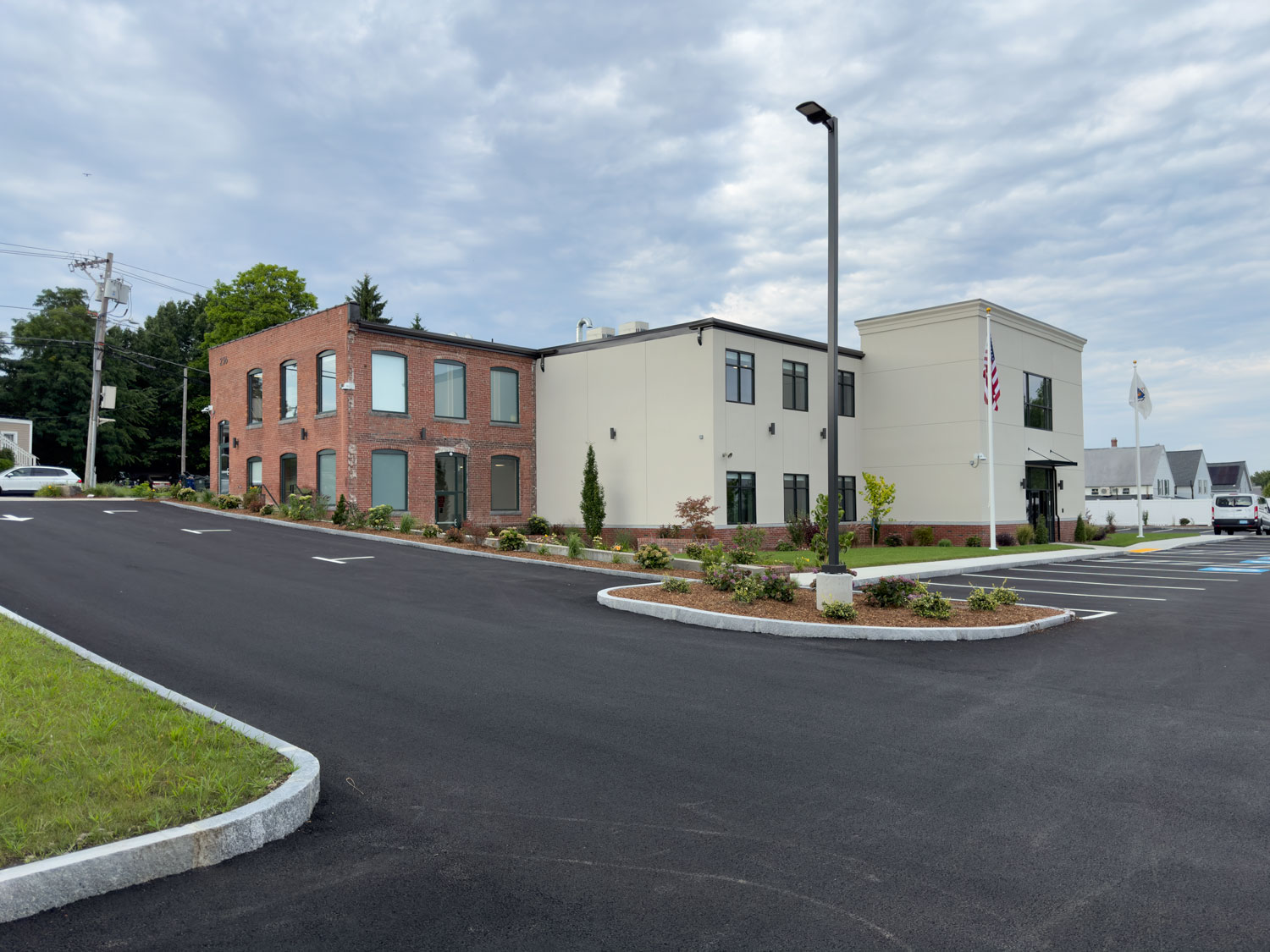
Natural Light is Irreplaceable
The quality of natural light can’t be fully replicated, no matter how advanced editing software becomes. Sunlight provides dynamic shadows, crisp highlights, and a sense of warmth that artificial touch-ups can’t mimic. Cloudy, overcast skies, or harsh midday light can flatten the image, reducing the depth and architectural detail that good photography is meant to showcase.
Waiting for the right light, particularly the golden hours around sunrise and sunset, offers softer shadows, more contrast, and vibrant tones that make buildings look alive. The natural interaction of light and shadow is what brings out the form, texture, and character of architecture. Blue hour, which is the time between sunset and full darkness, also presents wonderful opportunities for showcasing your building.
Consistency Matters
Your building's brand image is key, and consistency in the photography is crucial for marketing materials. Shooting on a gray, cloudy day can lead to inconsistent tones, flat shadows, and a lack of contrast between the structure and its surroundings. While it’s possible to make adjustments in post-production, creating uniformity across a series of photos becomes more challenging when dealing with inconsistent natural lighting.
When we wait for the perfect weather, we ensure your photos remain consistent in quality, making it easier to use them across various media—from websites to brochures—without having to worry about mismatched images.
Reducing Post-Production Time (and Costs)
Fixing images in Photoshop can be time-consuming and costly. Retouching cloudy skies, adjusting lighting, or artificially creating shadows and highlights all require extra hours of work—and in some cases, may still not achieve the desired results. Waiting for the right weather conditions minimizes the need for these adjustments, allowing us to focus on enhancing the natural beauty of the photograph rather than correcting preventable issues.
The Sky Sets the Mood
The sky plays a major role in setting the mood of an architectural image. A brilliant blue sky can enhance a building's appeal, giving it a clean, vibrant, and inviting look. On the other hand, dark clouds can evoke a more somber, moody tone, which may not align with the brand image you want to present.
Replacing or adjusting skies in Photoshop is possible, but it can often look artificial or detract from the authenticity of the photo. Additionally, sky replacements don’t capture the way natural light interacts with the building in real-time, which can cause inconsistencies in reflections or color balance.
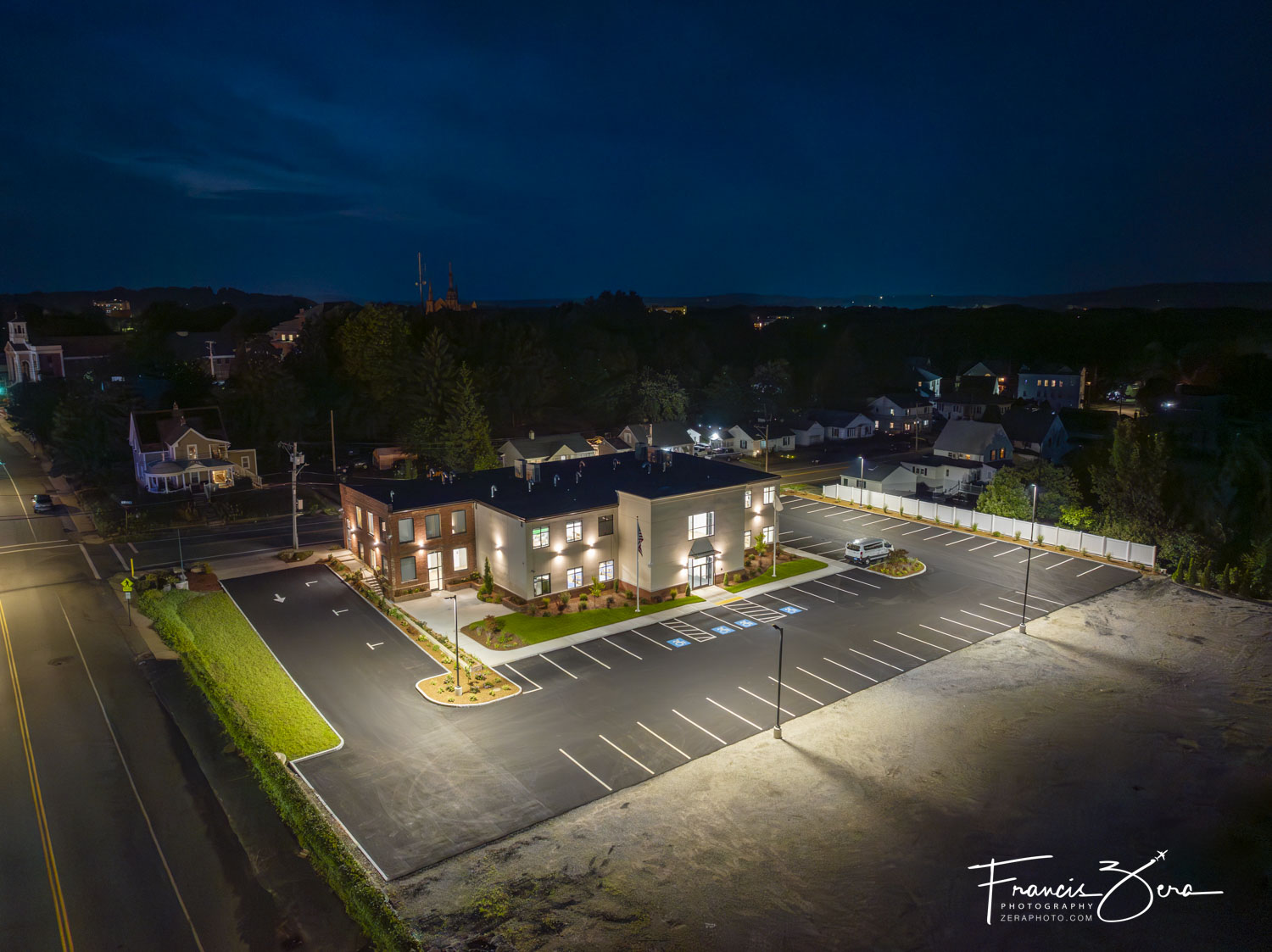
Sometimes You Have to Punt
There are circumstances where access windows or client restrictions dictate a specific date for the photos, and postponing for poor weather isn't an option. In these cases, doing the photography during the blue hour can reduce the impact of overcast skies, but at the risk of losing detail in the building if there isn't a lot of ambient side-light available from streetlighting and neighboring buildings. If airspace permits, drone photos at twilight or the blue hour are also a way to get usable images.
Capturing the Surrounding Environment
Good weather doesn’t just make the building look better—it also allows for a more complete picture of its surroundings. Whether it’s a bustling street, lush landscaping, or a quiet suburban area, these elements play a role in telling the building’s story. Clear weather ensures these surrounding details enhance the composition, instead of being obscured by fog, rain, or dull lighting.
While it may seem convenient to shoot in less-than-ideal conditions and fix things later, waiting for good weather ultimately saves time, delivers better results, and ensures the integrity of your building’s image. A well-timed photo shoot under ideal weather conditions will provide photos that require less editing and truly showcase the architecture in its best light, aligning with your marketing goals.


